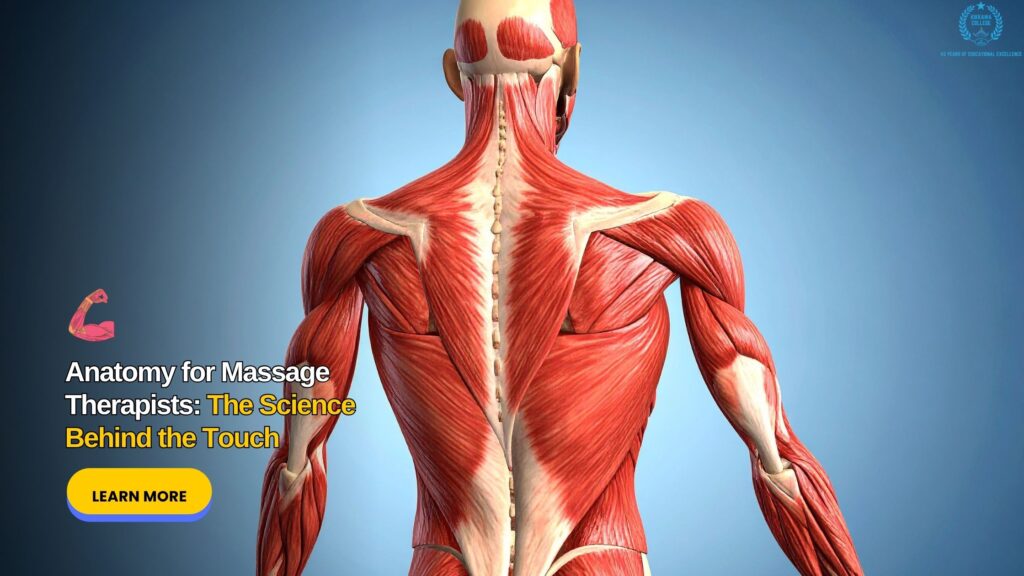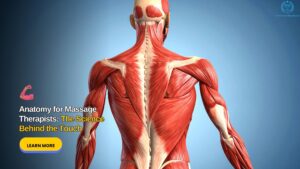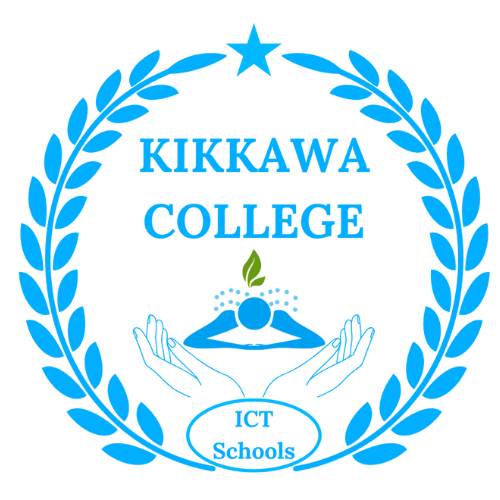A great massage therapist has not only skilled hands but also a deeply knowledgeable mind. Understanding the intricate science of the human body is what separates a good massage from a truly therapeutic one. This is why anatomy and physiology form the cornerstone of any reputable Massage Therapy Diploma program.
Why Deep Anatomical Knowledge is Non-Negotiable
You cannot effectively treat a structure you do not understand. A therapist must be able to palpate and identify muscles, bones, and ligaments. This knowledge allows them to tailor their techniques to the individual’s unique anatomy.
- Practical Application: Knowing the origin, insertion, and action of a muscle helps pinpoint the source of pain. For example, understanding the rotator cuff muscles is essential for effectively addressing shoulder pain.
Physiology: Understanding How the Body Responds
Physiology explains how massage creates its benefits. It’s the science behind the healing.
- Circulatory Benefits: Massage techniques increase local blood flow. This delivers more oxygen and nutrients to tired muscles while flushing out metabolic waste like lactic acid. The result is reduced recovery time and decreased muscle soreness.
- Nervous System Effects: Different strokes have different effects on the nervous system. Slow, rhythmic strokes can activate the parasympathetic nervous system, promoting “rest and digest” states. Conversely, faster techniques can stimulate and invigorate.
Connecting Knowledge to Technique
This scientific foundation directly informs clinical decisions. For instance, working on a client with carpal tunnel syndrome requires knowledge of the median nerve’s pathway. Similarly, understanding the inflammatory process guides how to treat a fresh injury versus a chronic one.
In short, a Massage Therapy Diploma transforms you into a knowledgeable healthcare professional. Your touch becomes informed by science, ensuring safe, effective, and targeted treatment for every client.






